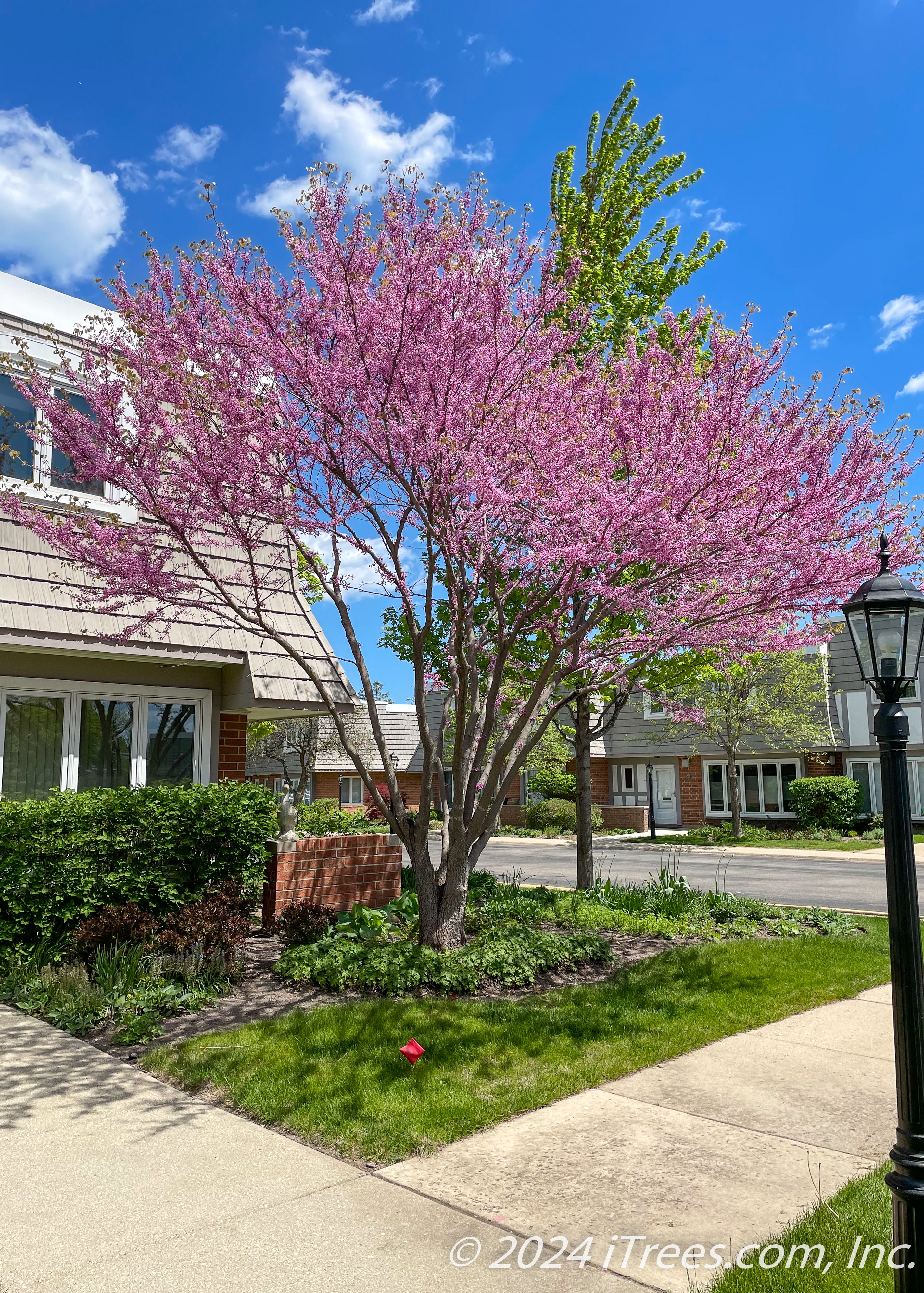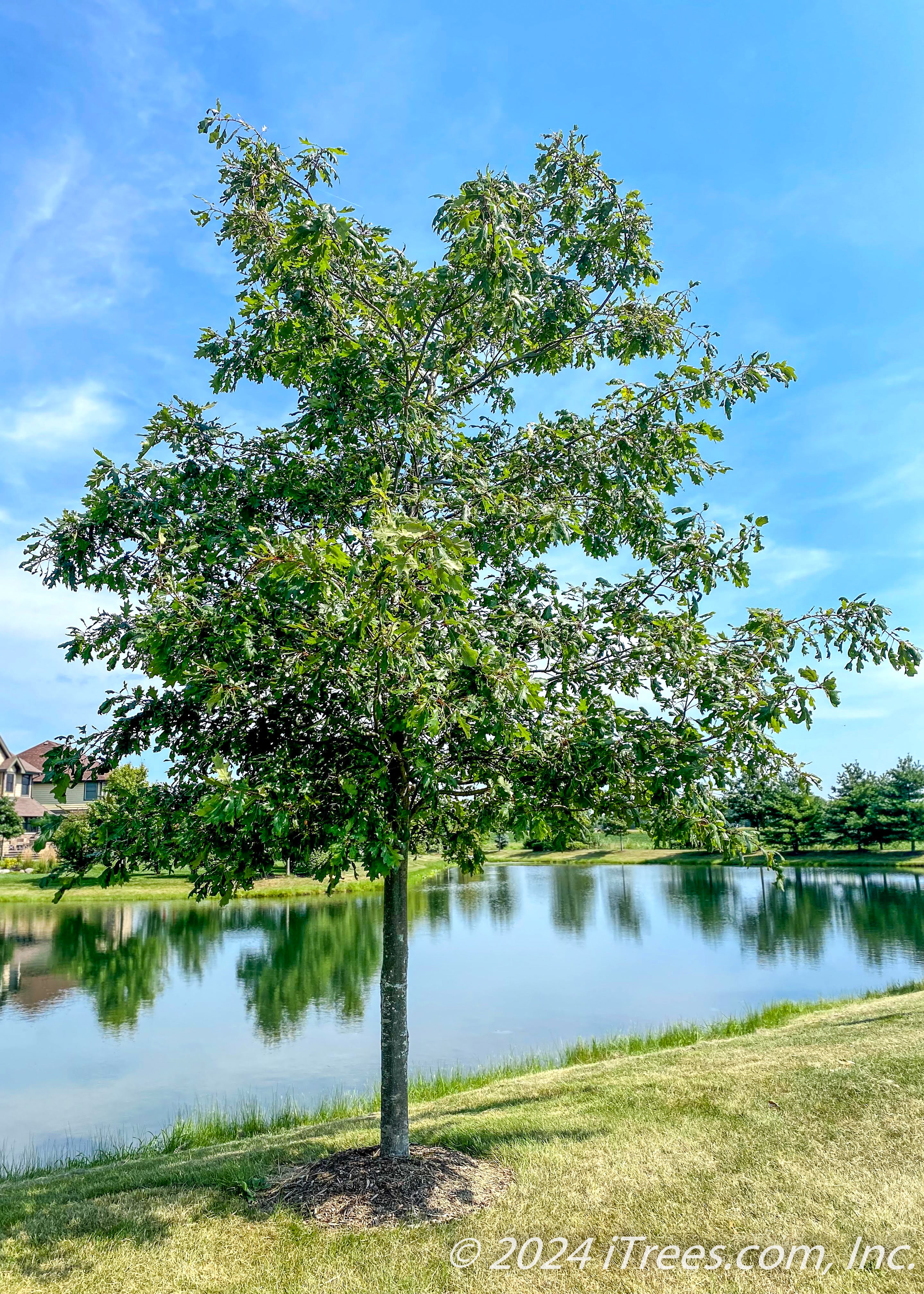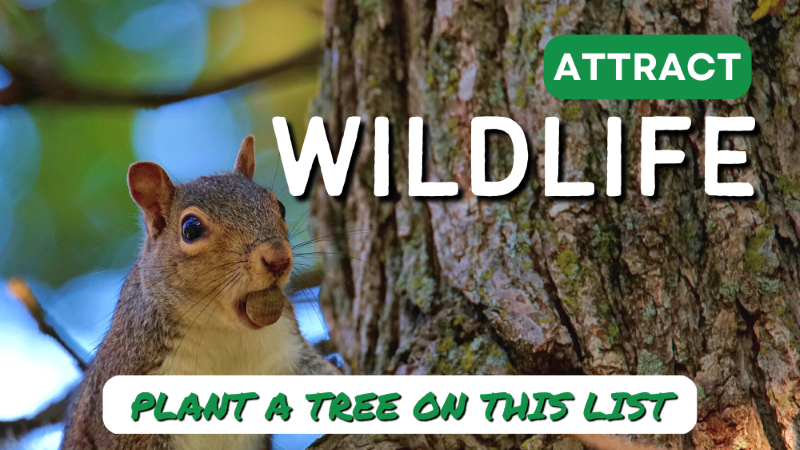
Are you a nature lover? Squirrel feeding, butterfly catching, bird watching admirer? No? Well, we have got a wild idea for you! Add to the value and enchantment of your yard by planting a tree on this list.
We've all heard about property value. Did you know that trees up a home's property value? Not by just a little bit— your ROI (return on investment) can be up to 20%. That's not nothing! This is a significant benefit of trees to homeowners.
Now, consider the wildlife value of trees. Trees play a critical role in supporting Illinois wildlife habitat and ecology. The trees on this list either produce nuts, seeds, or fruit high in nutritional value, are pollinators for bees and butterflies, and/or provide shelter. These are just a handful of the benefits of trees to wildlife.
One of the best parts of Illinois is its remaining natural and preserved land and parks. Many of us enjoy the beauty of these preserved spaces. The enrichment that natural areas bring to life is irreplaceable to humans and wildlife. Bring a little piece of that home to your yard.
So, what kind of trees should I plant to help attract wildlife?
Native trees: If you're like us and located in the Chicagoland region, please consider a tree native to the midwest and the northeastern United States.
Flowering trees: Welcome friendly critters to your yard by offering a sweet nectar treat! Perfect for birds and pollinating insects like bees, moths, and butterflies.
Fruit, nut, and seed-bearing trees: Feed your friends a nourishing meal.
Evergreen trees: These green beauties provide shelter during all seasons but are especially critical during those harsh winter months.
Here are our top tree picks for attracting wildlife →
Plant an Oak tree. This tree species is our top choice coming in at numero uno. Did you know, Oak trees are host to over 500 species of life? It's true! Oak trees support important native wildlife and flowers, including some rare and endangered species. That's more species of wildlife than most other trees! Scrumptious acorns are an abundant food source. Acorns are a highly nutritional food for wildlife. Full of good healthy fats and carbohydrates. Oak tree branches are home to butterflies, birds, squirrels, white-tailed deer, and more!
Check out these mighty native Illinois oaks →
Sargent Tina is a small crabapple variety. This tree's stout stature and wide-spreading branches beautifully accent garden landscapes. Sargent Tina Crabapple fits in garden areas and landscape beds. Its petite size and horizontally spreading shape give off a zen vibe. Birds love to dine on the crabapple fruit in the winter, especially. This tree will attract cedar waxwings, robins, grosbeaks, mockingbirds, and other small mammals.
Spruce add value to your landscape and to the lives of wildlife. Spruce will be home to many different species of wildlife. Birds such as siskins, nuthatches, crossbills, and more! Also, fully-mature spruce trees will house large predatory birds like hawks and owls. Other small mammals also call these trees home.
Bird watchers, this tree is for you! Migrant birds, turkeys, deer, and squirrels love this tree's persistent bright red fruit. Many critters rely on Winter King Hawthorn in late winter when other food sources are scarce. Bees consider this tree's spring flowers a sweet nectar treat.
Autumn Brilliance Serviceberry
Autumn Brilliance Serviceberry fruit tastes like a blueberry. Its fruit can be baked in pies, placed in the freezer to enjoy later, made into jam, and more! If humans don't consume the fruit, that's no worry— birds and other small mammals will gobble it up before it has a chance to fall and make a mess! This tree's dainty star-shaped flowers attract butterflies like the tiger swallowtail butterfly and hairstreak butterfly.
Pagoda Dogwood produces a bluish-black summertime berry that wildlife love to consume. It attracts small mammals, game birds, songbirds, and water foul, and its flower nectar attracts bees and spring azure butterflies.
This American beauty is beloved by people and wildlife alike. White Pine is a top pine selection for mixing into your tree plantings for diversification, color, and texture. When planted near river banks, lakes, and ponds, this tree is known to home American Bald Eagles. Many game birds, songbirds, and other small wildlife take cover under this tree's branches which shelter them from our cold Illinois winters.
American Elm Trees
American Elm attracts migrant birds, nesting birds, butterflies, moths, and other small mammals. The insects that call this tree home are a delicious food source for wildlife. American Elm will turn heads with its rich golden fall color. Princeton and Jefferson Elm trees are some of the best American Elms for resisting Dutch Elm Disease.
Red Maple & Sugar Maple Trees
Red Maples & Sugar Maple's dense canopies offer a spot to cool down from the heat. Their branches host a gathering spot for birds and butterflies. Birds like robins and cardinals will return to these trees' dense canopies annually and dine on insects that live on the tree's branches and leaves.
Canada Red Chokecherry's fruit attracts birds. Please keep in mind it's fruit can be toxic to many other mammals such as humans and dogs. Its fragrant flowers are enjoyed by bees and butterflies. Unique leaves unfurl green and change to puce in the summertime. In the fall, its leaves transition to reddish-bronze.
The tree's fruit has a crunchy shell and soft center, a true delight for birds! Its branches and leaves host many species of larvae, caterpillars, and butterflies. Look closely at this tree next time you see it in the summer, and you may find something spectacular! Butterflies such as the mourning cloak butterfly, question mark butterfly, or tawney emperor butterfly may be hanging out. This fast-growing tree will provide dense shade. Nesting birds and cavity-nesting birds call this tree home.
Commonly planted for shade, beauty, and privacy & screening. This native tree is an important wildlife food source. It hosts many species of larvae, moths, and butterflies. You may be able to spot a mourning cloak butterfly or a beautiful luna moth! Also, many birds like woodpeckers, nuthatches, crossbills, finches, chickadees, songbirds, and small mammals call this tree home.
This is one of the most unique trees available. Native to the Chicagoland region, this tree houses nesting birds, such as robins, and cavity dwellers, like owls. Other critters like squirrels and rabbits are often found lingering around this tree. Its flowers and leaves are home to many predacious insects that are thought to help fend off other pests that could feed on the leaves. Hummingbirds and bees dine on flower nectar.
Sweetgum's round spikey fruit, commonly called "gumballs," is a nutritional food source for many animals. Gumballs are full of seeds. The contents of these little surprise-filled balls feed critters such as squirrels, chipmunks, and birds. The tree may have some fruit litter, but it will not go to waste!
Butterflies Cucumber Tree Magnolia
Sometimes called "Cucumbertree," this tree's buttery yellow flowers and seeds attract songbirds, ground birds, and small critters. Its saucer-like flowers are attributed to having a lemony aroma.
Fully mature Tulip Trees bloom in late spring. With that comes large yellow and orange tulip-like flowers. The flowers dot the top of the tall tree's canopy and welcome visitors such as hummingbirds. Since the tree grows so tall and the birds are so small, you may need to get out your binos for this one. Other birds and small mammals also call this tree home.
Horsechestnut & Buckeye Trees provide shade, and their branches offer nesting birds a home and a temporary resting place for migrant birds. These trees produces a fruit. Within its husk is a seed otherwise known as the buckeye nut. The seeds contain toxic tannic acid. Seeds can't be consumed by humans, pets, horses or livestock and are not used as a wildlife food source other than for small mammals such as squirrels. Large panicles of trumpet-like flowers appear in late spring and attract pollinating insects such as bees, the nectar, however, can be poisonous to honey bees. The best part of all is the flowers DO attract butterflies, and BONUS— hummingbirds!
This native tree's hop-like nutlets are a limited food source for small mammals and birds, especially in winter. Wildlife critters that call this tree home include squirrels, grouse, ring-necked pheasants, and songbirds. Its leaves and branches are home to butterflies.
This tree brings all the beautiful birds & butterflies to the yard! Oh, and other small mammals too. Wildlife visit this tree to consume catkins, seeds, and hop-like fruit. American Hornbeam is an excellent ornamental shade tree. American Hornbeam is a top selection for those tight areas where you need shade and beauty. Its red-orange fall color is outstanding and sets the landscape on fire in autumn!
In early spring, tiny fuschia-colored flowers bloom before leaves appear. Hummingbirds, bees, and butterflies, specifically Henry's elfin butterfly, visit this tree to consume its flower nectar. After its bloom cycle, branches give way to green, heart-shaped leaves. Its canopy provides dense shade and a welcome home for nesting birds and other small mammals.
What are some other ways I can attract wildlife to my yard?
Attracting wildlife can be as simple as you want. Plant a tree and let nature take its course. Or, go on and be a little bit extra!
Adorn your trees with bird & squirrel feeders: Add feeders to your trees and yard to keep those critters' bellies full, especially during winter, and they'll be sure to come back for more.
Decorate your garden with a birdbath: Summertime can be hot and dry. When this happens, birds, butterflies, and other small mammals risk dehydration. Birdbaths filled with fresh water will give friendly critters a nice spot to cool down and get a bit of much-needed hydration.
Plant a butterfly or prairie garden: Take your whimsical wildlife oasis to the next level and garner more wildlife in your yard. Design your own version of a butterfly or prairie garden. Before you know it, you'll have your own backyard wildlife sanctuary.
Final thoughts →
Trees offer so many practical benefits to us as humans and wildlife. BONUS— they're beautiful too! So, be green and plant a new tree! You'll increase your property value, reduce energy costs... and much more! All while welcoming a few new friends to your yard.
Resources & References →


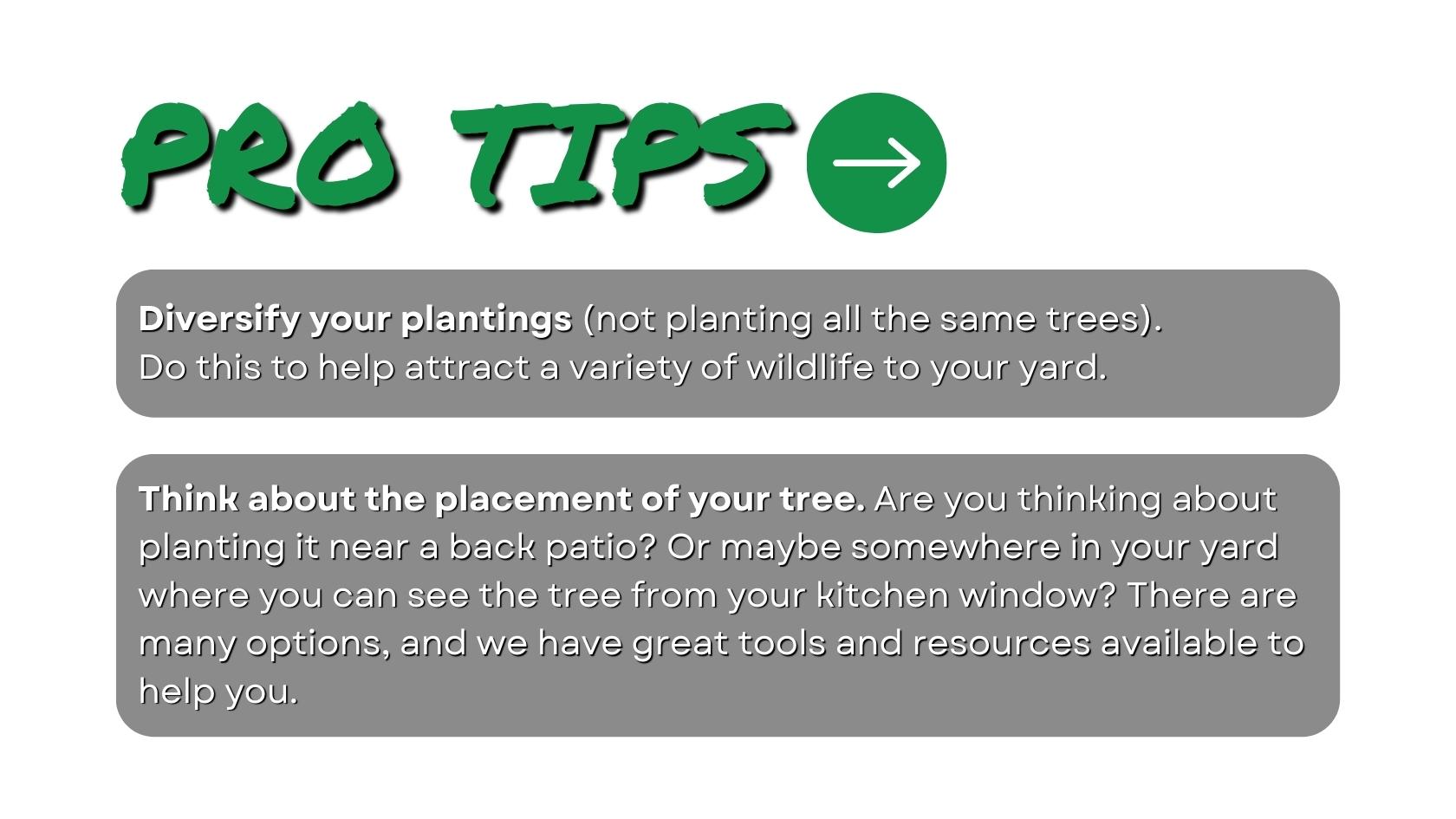




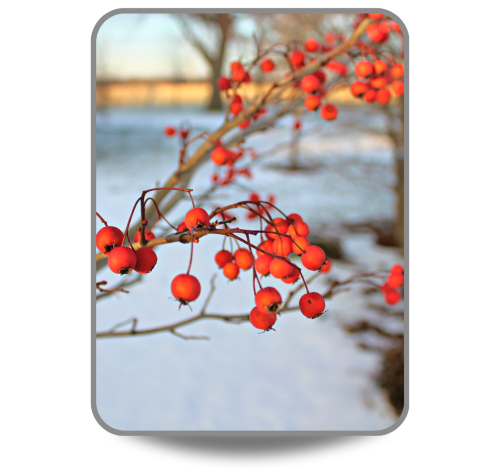

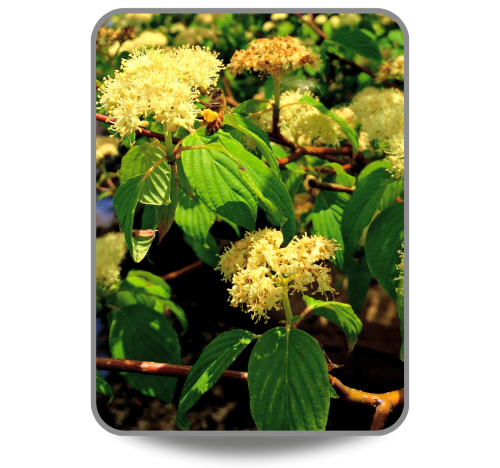
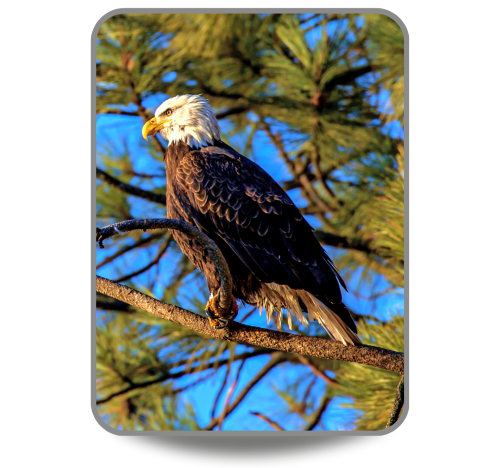
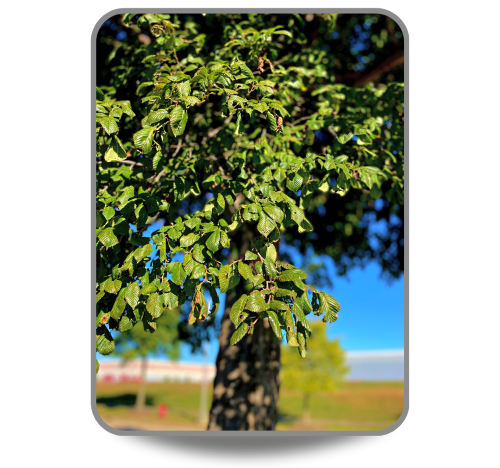
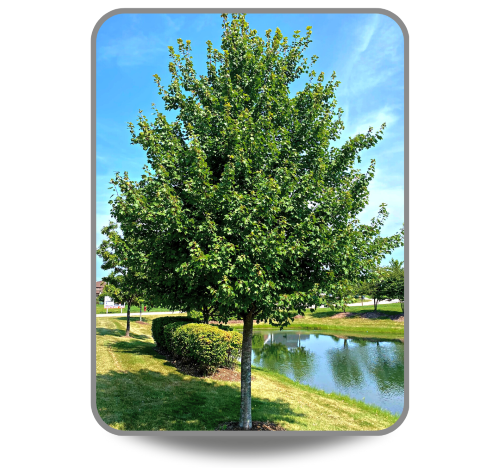
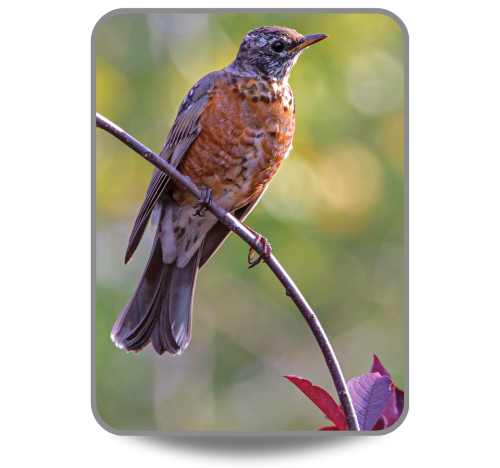
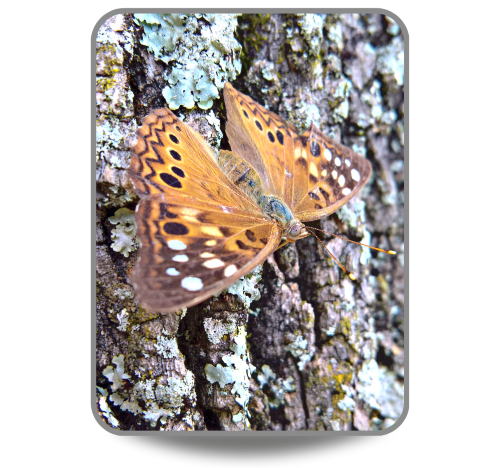

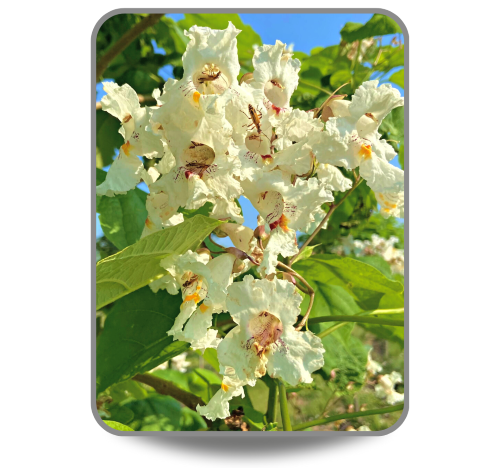
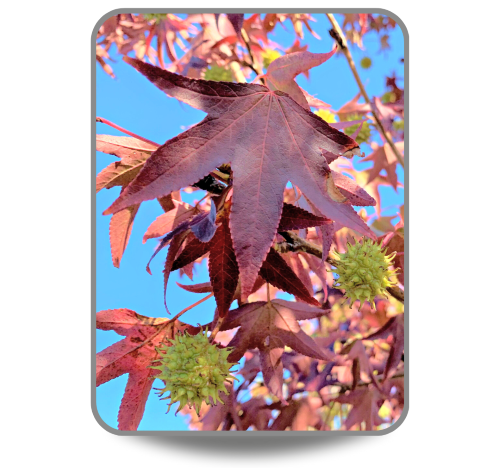
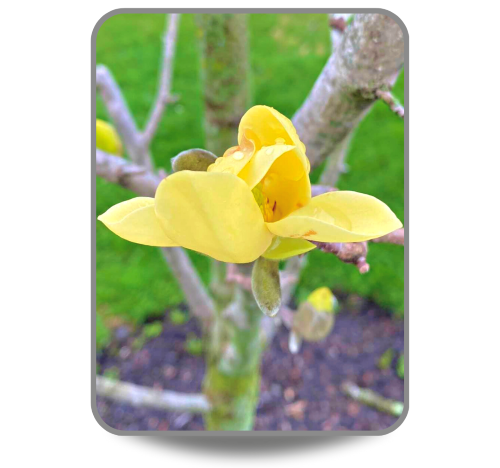


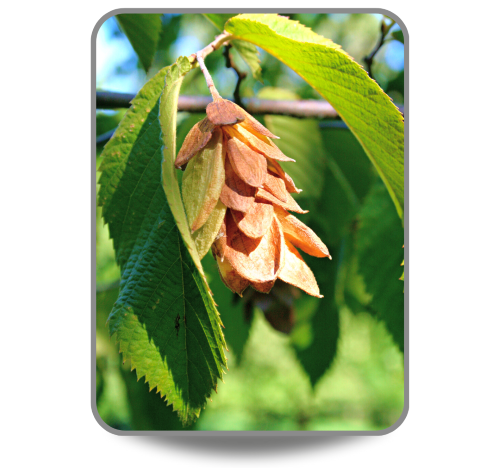
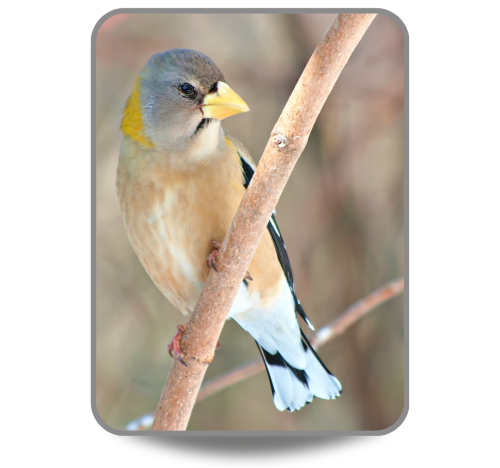
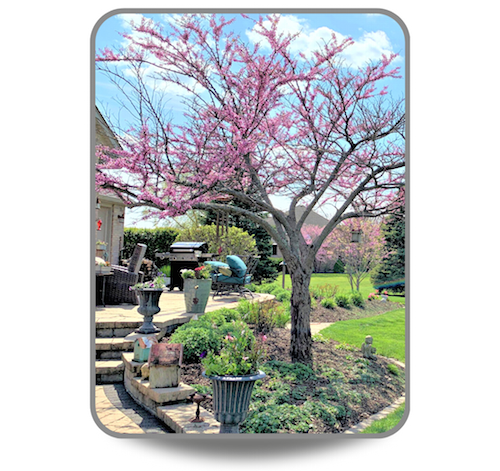
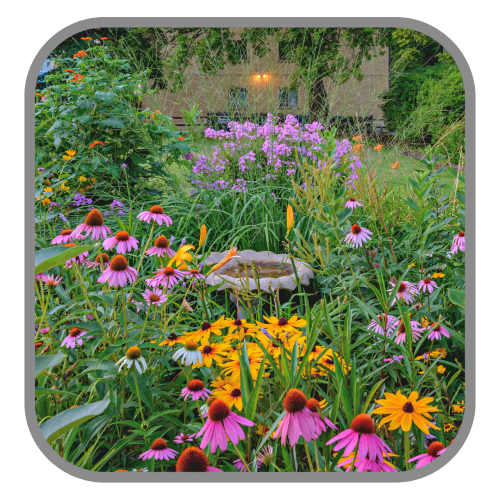



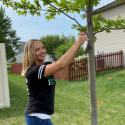
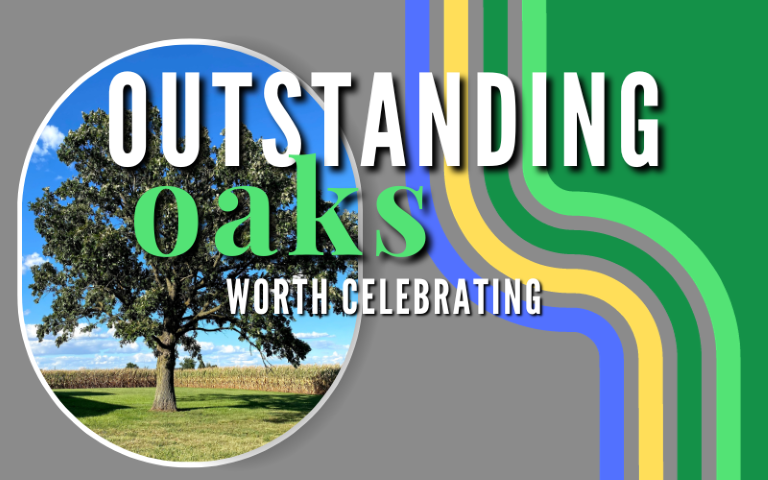


.png)
